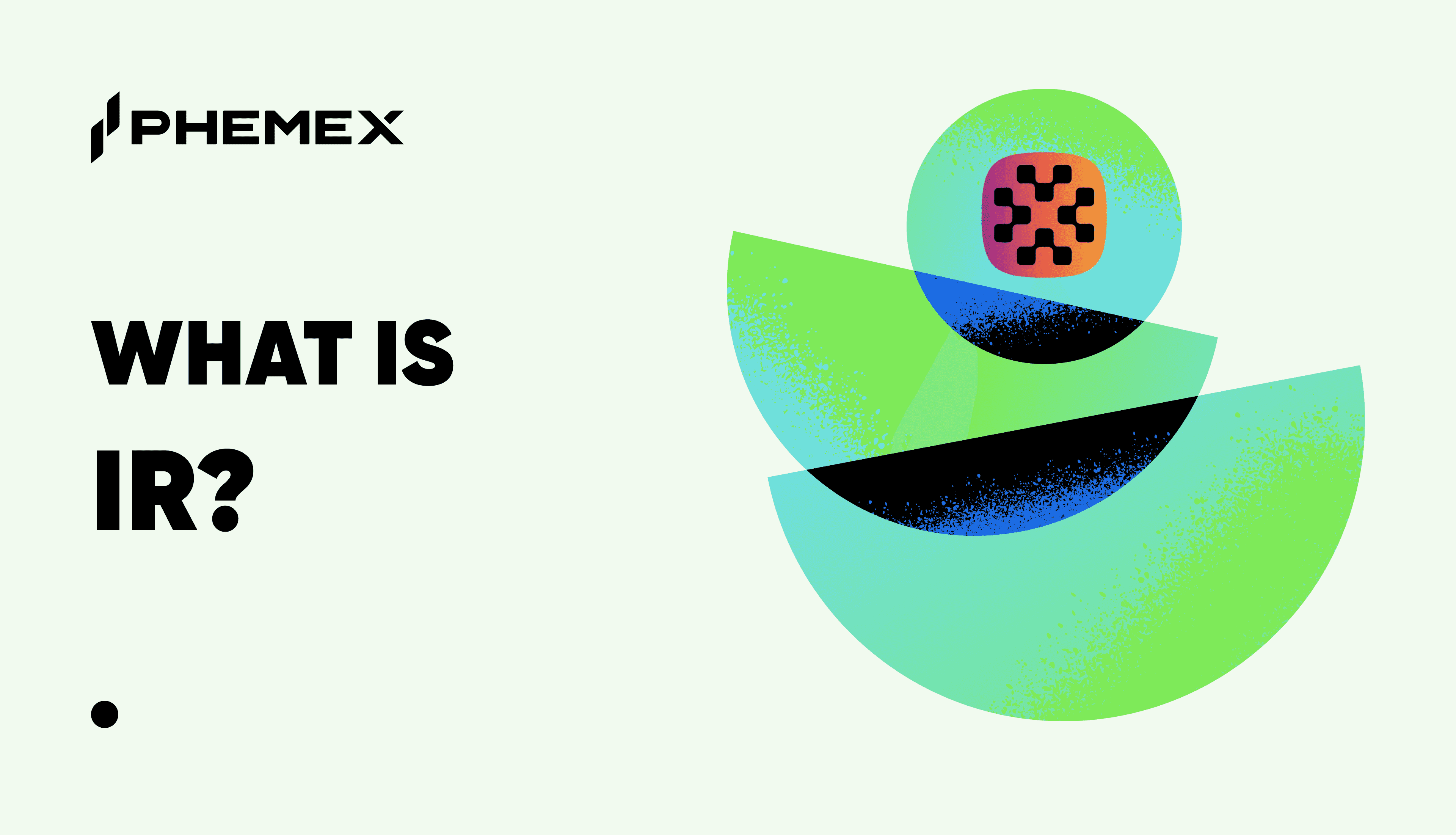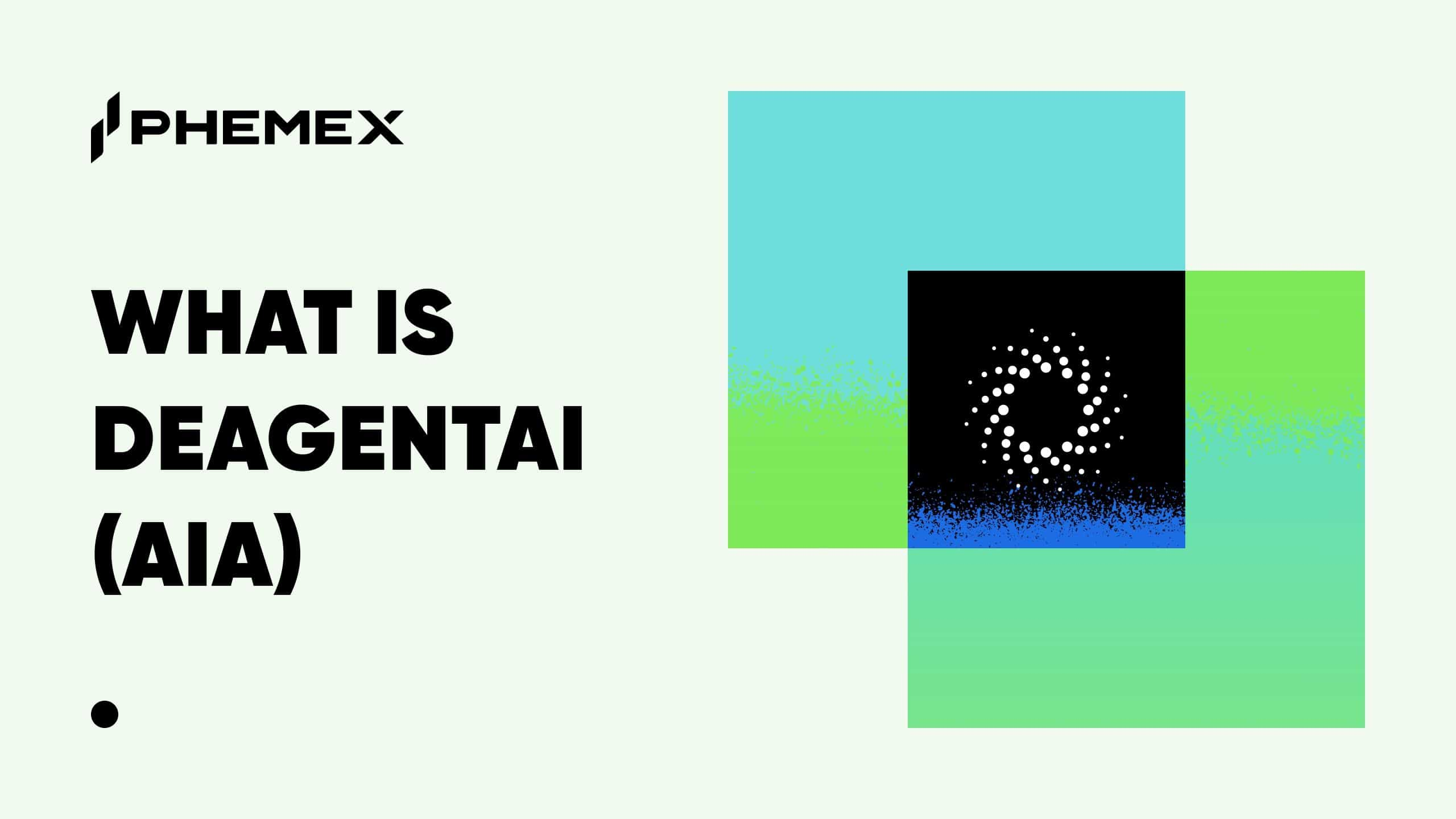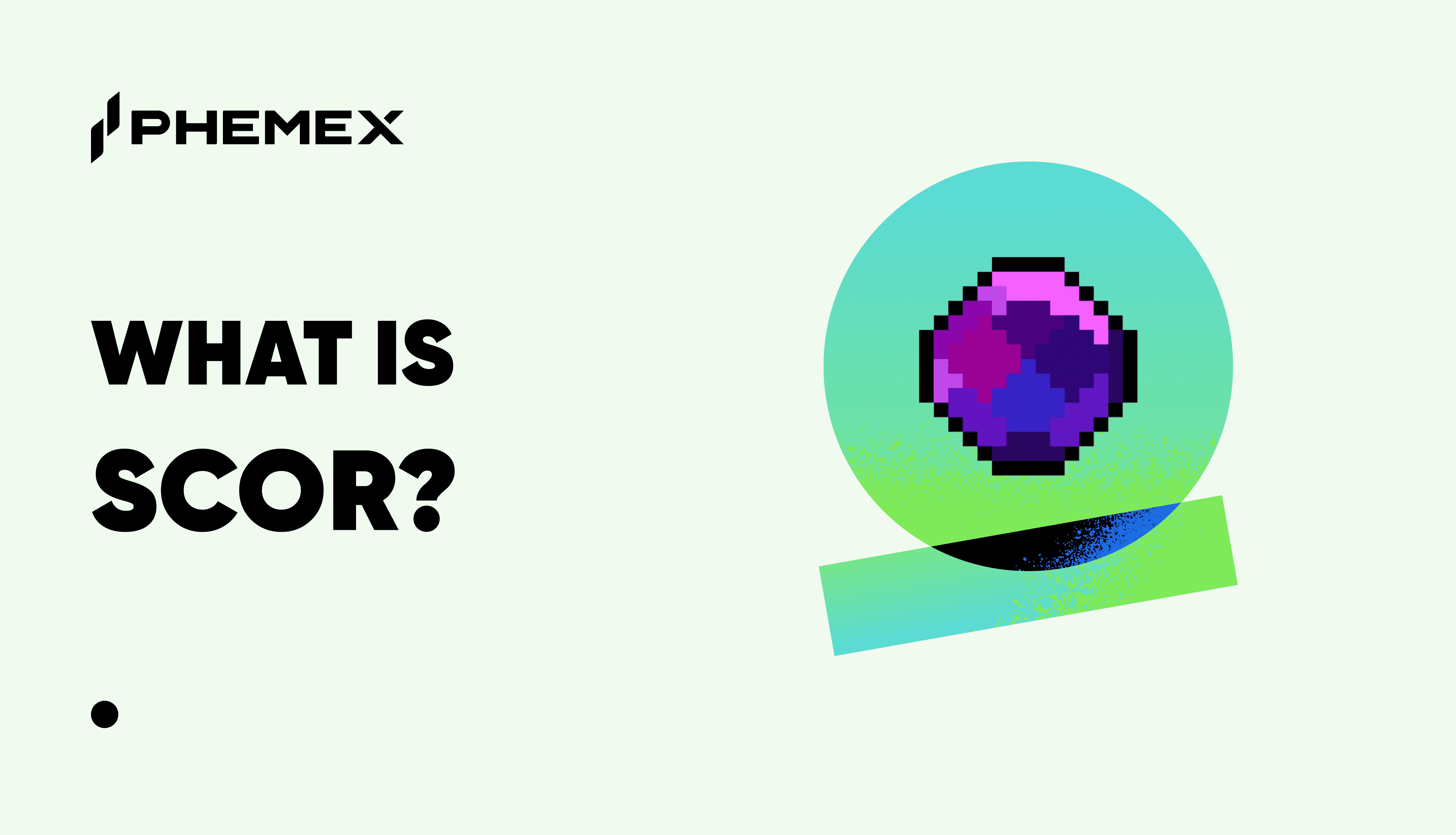As blockchain technology, cryptocurrency, and decentralized finance (DeFi) are increasingly adopted, concern is being raised as to how to maintain data privacy and user sovereignty on public blockchains. To remedy this concern, focus is shifting toward blockchain cryptography — an offering that sits at the core of the Threshold Network. The Threshold Network token (T) is valued at over $0.13 at the time of writing, with a circulating supply of 10 billion T for a market cap of over $1.3 billion.

What Is The Threshold Network?
The Threshold Network (T) was launched in January 2022 as the product of the first on-chain merger between two existing decentralized networks — the Keep Network and NuCypher. The Threshold Network was created to guarantee user sovereignty over their own digital assets — including simple wallets and crypto, but also such things as user data and the company information contained in smart contracts and decentralized applications (DApps), as well as non-fungible tokens (NFTs) and other digital assets. Additionally, it was launched to address data and privacy concerns in response to various hacks on blockchains and the decentralized digital finances industry becoming more mainstream — as seen by Russia and India’s move to introduce taxation on digital assets. To do this, the Threshold network combines two key elements:
- From the Keep Network: The structural elements of the Threshold Network are taken from the Keep Network, which uses off-chain containers to encrypt, store, and transmit private data. These off-chain containers are known as “keeps” and are accessible to developer smart contracts without any compromise on user privacy or network transparency. This technology was tested with a positive outcome previously when it was used for tBTC, which is considered one of the most trusted Bitcoin (BTC) bridges in DeFi— connecting BTC to Ethereum.
- From the NuCypher: Running on top of the “keeps,” are NuCypher’s privacy tools, including its management of secret or sensitive information, whereby it processes and encrypts the data without ever revealing it. The network can also grant and revoke access to sensitive information, thereby protecting it if any unusual activity is identified. Additionally, the Threshold Network takes advantage of NuCypher’s Proxy re-encryption tools, which can safely and securely delegate decryption rights.
The most important aspect of the Threshold Network, however, is its determination to remain decentralized and community driven. This will be accomplished through its launching of the Threshold decentralized autonomous organization (DAO), which will incorporate members of both the Keep and NuCypher networks, thereby importing a knowledgeable and active community straight away. This very decision to launch the DAO was a nod to its wish to maintain decentralized decision-making, since it was agreed through a voting process.

The Threshold Network (Source: blog.threshold.network)
What Is The Threshold DAO and How Will The Threshold Network Remain Decentralized?
The Threshold Network’s DAOs are central to maintaining decentralization — not only do they provide the community for community-driven projects and a platform for democratic and decentralized voting, but they also help run the entire network. This is achieved through the Threshold DAO’s three-pronged governance system. The three-pronged system is used in a way that allows each one to keep the other two accountable, in the same way as a checks and balances system in central governments. These three components have the following functions:
- StakerDAO: This DAO contains the core decision power in the network, as it is the stakers who run the decentralized nodes that verify transactions and thus keep the network running. Every member must have a stake in the Threshold Network and their voting power is decided by the size of their stake.

- TokenHolderDAO:The members of this DAO manage the treasury, token issuance, and governance of the network through decentralized voting and community-driven decision making. In an effort to maintain accountability, this DAO is able to veto proposals from the StakerDAO. Every member of the TokenHolderDAO must hold Threshold Network Tokens (T).
- Elected council of Keep and NuCypher representative:This elected council of members decide on the staker rewards to incentivize token holders to become stakers in the network. This council also has the power to veto proposals so as to ensure that the network’s course remains decentralized and in-line with the spirit of the Threshold Network, and to maintain accountability.
What Is The Threshold Token (T)?
The Threshold Token (T) is the Threshold Network’s upgraded native token, which functions both as a utility token for the network and as a governance token for the Threshold DAO. The T token allows for the running of the network, but also offers ways to earn:
- Staking rewards:As with all proof-of-stake (PoS) consensus algorithms, users must stake their tokens in order to become validating nodes and to receive rewards — with rewards issued for honest behavior and penalties issued for dishonest behavior. The amount of $T staked by each node impacts the amount the validating node will receive in rewards (the more $T is staked, the more likely they are to be selected to verify a block), as well as their voting power in the DAO.
- Liquidity Pools (LPs):The Keep Network has proposed providing incentives for users to move their liquidity from the KEEP – ETH pool available on UniSwap to a T – ETH pool. This would increase the available yield rewards, thereby increasing the number of possible Threshold token holders and increase outreach to new community members for the network’s DAO.
T Token holders can help run the Threshold Network by staking and running a decentralized node to verify activity on the network, which they are incentivized to do without using any centralized authority. Additionally, by being active members of the DAO and participating in voting and discussions, T token holders can ensure that the network remains community driven and decentralized.
Threshold Token (T) Price Analysis
It’s hard to make an accurate analysis on such a new asset, however, the technology it offers is certainly one that is increasing needed in the market. With increased adoption, both on a personal and business level, as well as new pushes from central governments for taxes and regulations on digital assets, blockchain and crypto users are becoming ever-more concerned about privacy and security. The fact that the Threshold Network comes from a merger and thus utilizes the Keep Network’s successful infrastructure and NuCypher’s privacy tools and cryptography will also certainly help to push it forward. Endorsements from these two established networks help its credibility, while both networks are making moves to push their communities toward the network in the form of incentives (Keep LPs) or the fact that NU tokens are now being converted to T tokens on exchanges such as Phemex.

Threshold token price graph 10 Feb to 27 Feb 2022. (Source: coinmarketcap.com)
Despite this positive outlook for the network, it has yet to do well. Since the T token’s launch at the beginning of February it has mostly fallen, something which could be because of the climate it was launched in — it’s no secret that 2022 has so far been a bear market for crypto. However, since the 25th of February, the token seems to have been taking a turn and has all but recovered back to its original cost at launch (just below $0.14).
The Threshold network and its T token certainly offer a necessary product in an ever-expanding market and with its two merged networks working together to grow its adoption in the crypto space, it has a solid foundation for growth. What remains to be seen is if it can withstand the current financial wave and ride the bear pull to a bullish break.
What Are The Future Goals For The Threshold Network?
Once the merger is fully integrated and completed, the Threshold Network plans to make improvements to the DAOs structure through community-driven decisions — these include the Integrations Guild, Marketing Guild, Treasury Management Task Force, and the Threshold USD Task Force.

The most important aspect, however, is the Threshold Network’s plans to launch the tBTC v2. This BTC bridge will allow for up to 1% of the BTC supply to be bridged into the Ethereum network, thereby allowing more BTC holders to participate in DeFi projects on the world’s largest decentralized DApps platform. If this is launched successfully, it could truly spell great things for the network and the DeFi industry, with users finally having access to the King of crypto and stablecoins on the king of DeFi platforms — and all without centralized interference.
Conclusion
The Threshold Network offers much-needed technology in an ever-growing space, while being backed by two established networks. Additionally, it will be the power engine behind one of the most exciting projects in the space, tBTC v2, — which if successful could lead to a crypto revolution in allowing more BTC to be used on Ethereum. However, this project is yet to be launched and even when launched will still only bridge 1% of BTC’s total supply — meaning there is still a way to go. This (as of yet) slow progress can clearly be seen in the T token’s price performance, however, that should not deter possible investors as the token has not even been formerly launched on that many exchanges yet — let us not forget that it has existed for little more than a month.
The Threshold Network has a truly promising offering and the structure and tools to make it happen. Moreover, its incorporation of the Keep and NuCypher networks’ communities should mean it has a healthy DAO community and number of staking nodes to ensure decentralization and activity. It is perhaps too early to pinpoint where the network’s future looks to, but currently, so long as it can break through the bear market, it looks to be on the up.
Read More
- What is THETA & How does it Work?
- December BTC Market Analysis
- What is a Token Generation Event (TGE)? How Does it Work?
- NuCypher: What does NuCypher use to protect your Data?
- February 2021 BTC Market Analysis
- What Are Crypto Tokens? How Do They Work?
- What is Cryptocurrency & How It Differs From Digital Cash
- The TTM Squeeze Indicator: What Is It and How to Use It?









